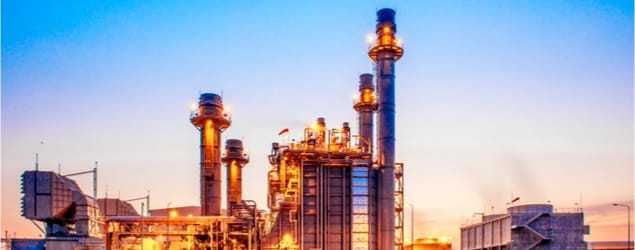Brewing insulin using genetically modified bacteria (#GMOMonday)

The American Juvenile Diabetes Association estimates that about 3 million Americans suffer from type 1 diabetes. So perhaps, you, like me, know somebody who needs insulin in order to survive. Type 1 diabetes is a disease caused by the failure of the pancreas to produce insulin, a hormone that regulates the amount of sugar in the blood.
I first learned about diabetes in grade school when a friend was diagnosed. His pancreas stopped producing the insulin his body needed, and he began drinking lots of water and feeling very sick. I went to the hospital with his family and learned how to give insulin injections and understand blood sugar measurements. One thing I didn’t learn at the time is the amazing biotechnology story behind the tiny bottles of life-saving insulin that showed up in his refrigerator.
Insulin was first produced in the 1920s by scientists Frederick Banting and Charles Best. Banting and Best had discovered that insulin was the hormone that diabetics lacked, and they figured out a way to harvest insulin from animal pancreases. In what is commonly described as one of medicine’s “most dramatic moments,” scientists went into a diabetic children’s ward, injecting the comatose and dying children with this insulin. By the time they reached the far end of the ward, children on the near end were already waking up.
The refining process for insulin was perfected, and up until the 1980s, people around the world relied on insulin from pigs and cows to lift the death sentence of diabetes. But porcine and bovine insulin, although similar to the human variety, were not exactly the same. Although most people have no problem using insulin from these animals, some reacted poorly to it. The chemical structure of human insulin was mapped, but scientists had little luck producing sizeable quantities through chemistry alone.
It was, instead, a new technology that held the promise of unlimited supplies of “genuine” human insulin by harnessing the power of tiny microorganisms.
People have used microbes to improve their lives for centuries. Bacteria changes milk into cheese, is used in the mining of copper and removes waste from water. Yeast is used to make bread and beer. If there is one thing that these microbes are good at, it is taking in one substance as food and turning it into another as waste. And what is one organism’s trash could be another’s treasure. In the 1970s, scientists discovered how to get bacteria to produce medicine by changing them on the genetic level.
One of the first biotechnology breakthroughs was the production of insulin using bacteria. Inside bacteria, tiny rings of genes called “plasmids” determine what substances the bacteria will produce. By splicing in the chemical sequence of human insulin and then inserting this modified plasmid into an E.coli bacteria, scientists created a tiny insulin factory — one that multiplied when fed, creating many more of these factories until a veritable river of insulin could be produced. Similar to beer, insulin is now “brewed” in large vats called “bioreactors.” Compared to harvested porcine and bovine insulin, it was much cheaper to produce, there was no threat of shortages, and people with bad reactions to the animal variety could now get exact copies of genuine human insulin.
Now biotechnology in the form of genetic engineering has the power to produce nearly any protein using bacteria. Today both genetically modified bacteria and yeast produce a slew of valuable medicines, needed vaccines and scarce human hormones.
Food and Drug Administration approval for human insulin took just five months back in 1982, compared to the ten-to-fifteen years that drugs produced using genetic technology now face. Dr. Henry Miller, former head of the FDA’s Office of Biotechnology, has pointed out a disturbing trend toward hyper risk-aversion, especially when it comes to the use of technology to create life-changing medicines. As he says: “The result is that fewer drugs enter the development pipeline and become available for patients who would benefit from them.”
This is just one of countless ways that scientists are using our understanding of genetics to make all kinds of improvements to our lives. Today is “Genetically Modified Monday” (#GMOMonday), the day of the week I am setting aside to think about and talk about some exciting and intriguing new genetically modified plants and animals. You can chime into the discussion by tweeting, using the hashtag #GMOMonday (“GMO” stands for “genetically modified organism”).
Update: The text of this post was updated to reflect the difference between type 1 diabetes and other types of diabetes.



